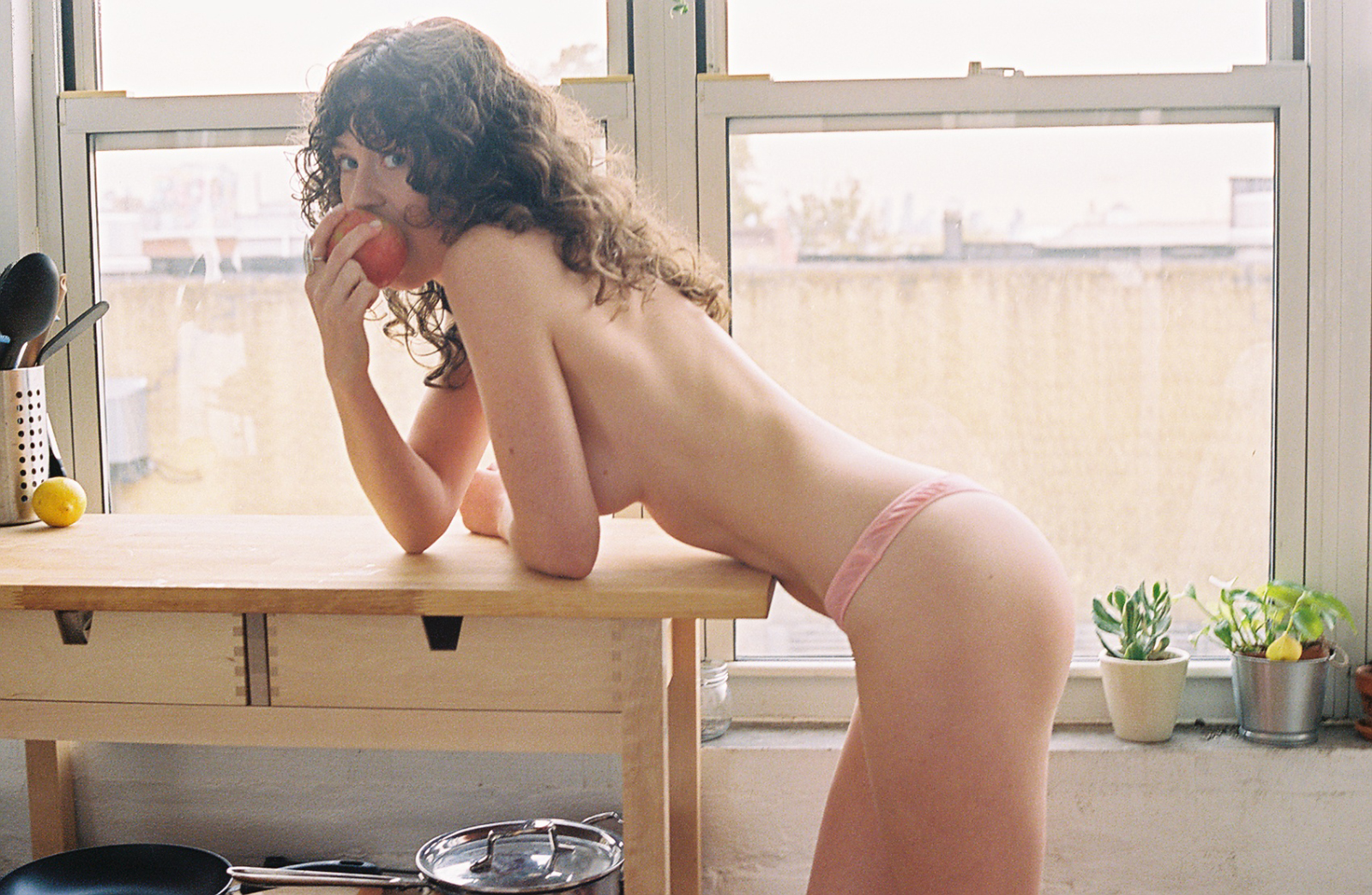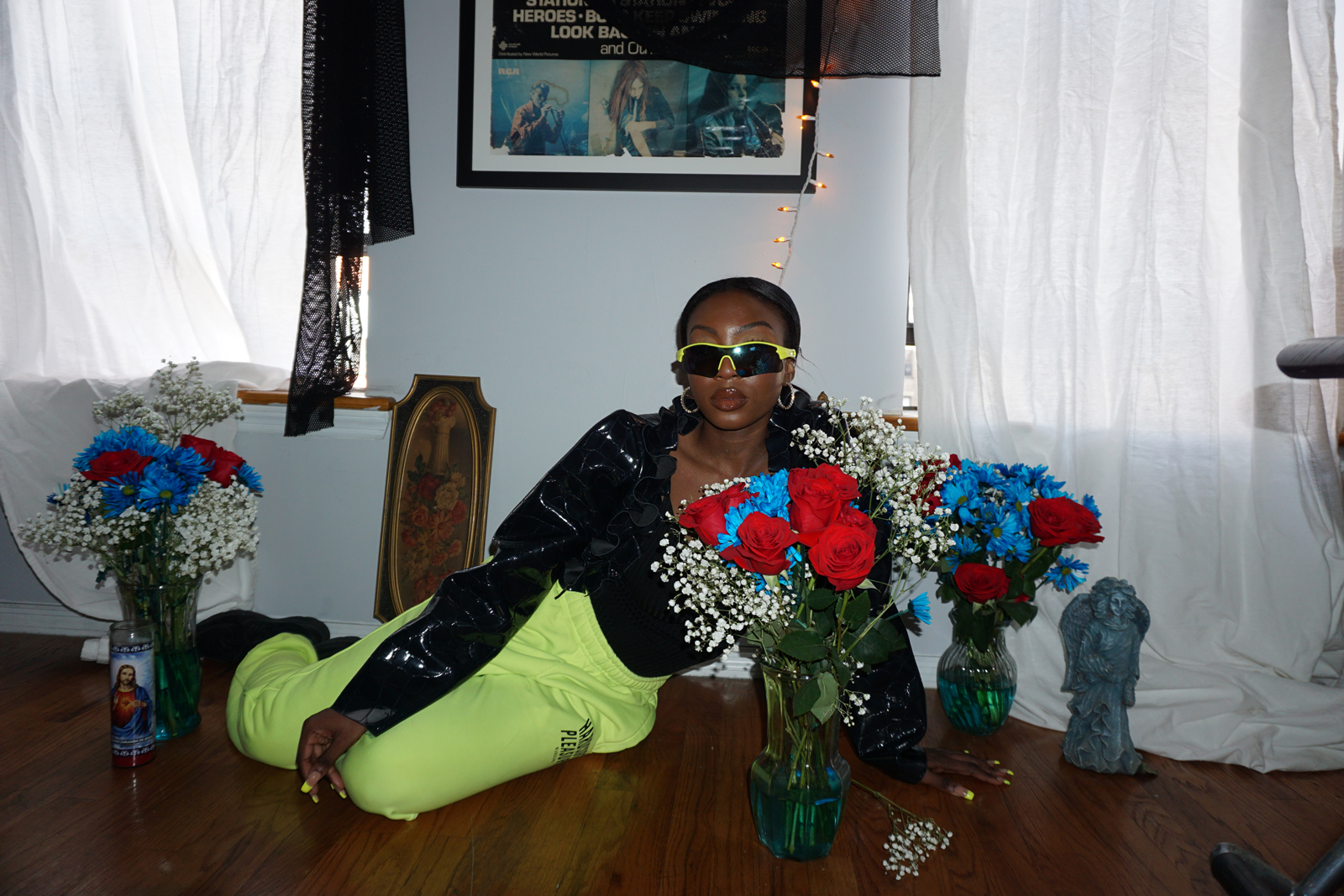Photos by Aditi Sharma, Hugo Grimwood and Columbine Goldsmith
Text and Interview by Monica Uszerowicz
Named for the Tagalog word for “child,” Marissa Maximo’s clothing line, Anaak, is suitably titled: the line is rooted in its creator’s personal history. Nicknamed “anaak” by her mother as a youth, Maximo’s spirit infuses the entire collection, which in turn is the wearable equivalent of relieved exhales: light, airy, comforting. The pieces are inspired by her extensive travels in both content and form—they recall the fabrics and textures of her favorite places, and are soft and breathable enough to easily pack and transport them there.
Giving back, whether through conscientious practice or the collection’s manifestation of a romantic traipse around the globe, is at the heart of Anaak’s story.
Maximo’s background in both painting and textile design—she’s RISD-trained and an educator herself—led her to Anthropologie and Urban Outfitters, where she helped build the brands and manage textile design, traveling for inspiration. Now the Director of Brand Relations and Special Projects for Urban Outfitters, she has a unique understanding of the transformative process from imagination to tangibility—hence her commitment to ethical sustainability and real care. Each garment is made by local artisans in small-scale operations located in rural India and Bolivia, where Maximo collaborates with workers directly— the factory outside of New Delhi is run by twin sisters, whom Maximo has known for the past decade.
Anaak, in partnership with the Womens Weave Charitable Trust, ensures business expansion in these areas, along with fair compensation, solid working conditions, and the use of organic material. The goal: to establish better lives for the women who craft these garments, creating a literal and metaphorical thread from the pieces’ origins to the women who wear them. Giving back, whether through conscientious practice or the collection’s manifestation of a romantic traipse around the globe, is at the heart of Anaak’s story. We spoke to Maximo about her background, her present practice, and how she stays grounded through it all.
Tell me about your earliest ventures into art-making—even as a child. I understand you initially studied painting, but did you already take an interest in other mediums?
I have always loved drawing and painting ever since I was a child. Lucky for me, my mother recognized this and enrolled me in classes. Saturday mornings consisted of waking up early, my mother driving into downtown Baltimore and dropping me off for all-day studio classes at the Maryland Institute of Art (MICA). I loved the feeling of the open studio, easels and a model on the stand. Nothing was more exciting to me than dimming lights, standing in front of my blank newsprint sketchpad with charcoal in my hand. I would draw for 8 hours straight, leave completely blackened and invigorated. I see the textiles and designs that I create as an extension of drawing and painting since so much of it is related to composition, proportion, color, texture.
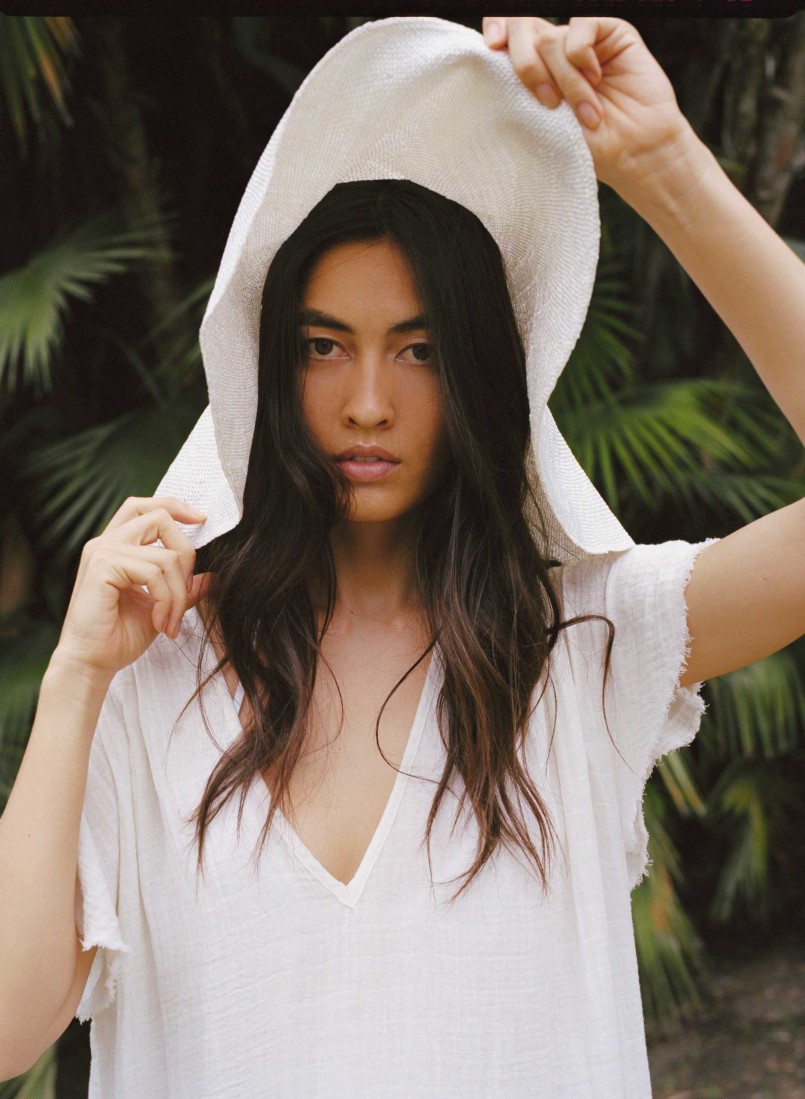
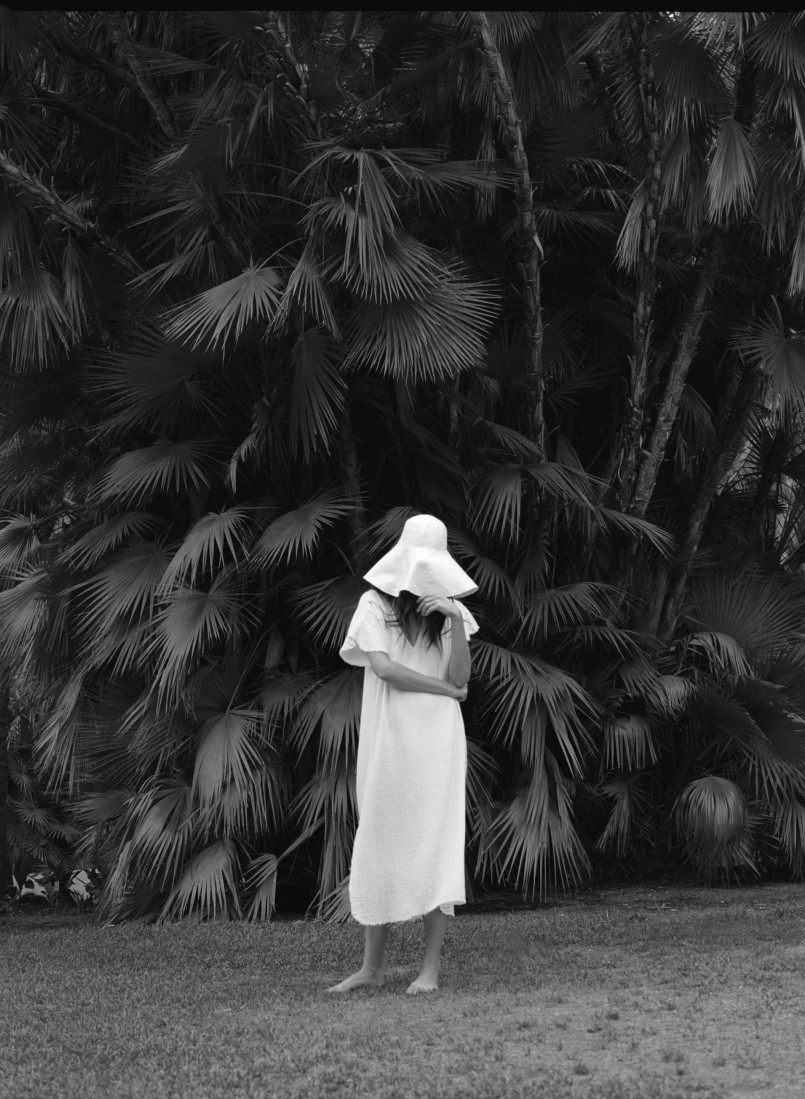
After RISD, you worked as a teacher in Philadelphia. I like this idea of giving back and sharing—which is a big component of Anaak itself. What was it like to do this sort of work, and did it have any influence on your current endeavors?
It was a great endeavor for my mother to send me to art classes and then to college. She was a single parent taking care of my brother and me, as well as my grandparents who immigrated here from the Philippines. She didn’t want me to apply to RISD in fear that we couldn’t afford tuition. I was determined and wanted with all my heart and soul to go, and I applied for early admission. Two weeks later I found out that I not only got in but received a scholarship. It is because of these opportunities that sharing and giving back, especially to those less fortunate, feels right. It has become the mission of Anaak to employ artisans in rural regions, particularly women who usually do not make their own income. I also volunteer and mentor for Haute Baso, an emerging brand in Uganda, Africa.
How did you transition into working for Anthropologie and then later for Urban Outfitters?
I started at Anthropologie after graduate school when the company was still small— we could all sit on the floor in one room for company-wide Monday morning meetings! I was one of their first textile artists creating original print designs. I worked my way up from intern to design director, building the Art and Color department to what it is today. I was there for almost 9 years until a former colleague asked me to join him at Urban Outfitters to oversee Concept and Color. I was excited about evolving my knowledge and experience and having a more comprehensive impact on a business. I gained experience from all sides of the business beyond creative, and it laid the groundwork for starting Anaak.
Travel is an important inspiration for Anaak. When did you start traveling? Was it primarily for work, or was it ever part of your life prior to this?
I grew up in a small suburb in Baltimore and always dreamed of traveling to far off places beyond. My very first trip was to California when I was 9 years old to visit my father. I was traveling alone and on a plane for the first time. Scared to be on my own, but filled with excitement to see what was on the other side, I loved the adventure and discovery. California seemed like an exotic new world to a child, compared to small-time Baltimore. My first international trips were London and then the Philippines until I started traveling around the world to work directly with the mills and factories for Anthropologie. I felt strongly about knowing the people who were making the product. That spirit of collaboration became a strong incentive for starting Anaak, as well as my connection to India, where I often developed fabrics. I’ve been traveling there for over 14 years, and it always feels like a new experience. It is a very special place.
You work with two sisters who run a factory outside of New Delhi. How did you meet and begin working with them?
I met one of the two sisters in India over 14 years ago. We communicated daily and, in a sense, grew up together in the industry. I shared with her my knowledge of textiles and visited her regularly while we’d work with the mills and printers making specialized fabrics. Over time, we developed a personal relationship. I trusted her and relied upon her partnership. When it came time to start Anaak, it was a natural progression to work together. Her sister just opened her own small factory, and we could work to build our businesses together. For me, it is all about the relationships—the people who make the fabric and clothes to the small boutique owners and the women who wear the clothes.
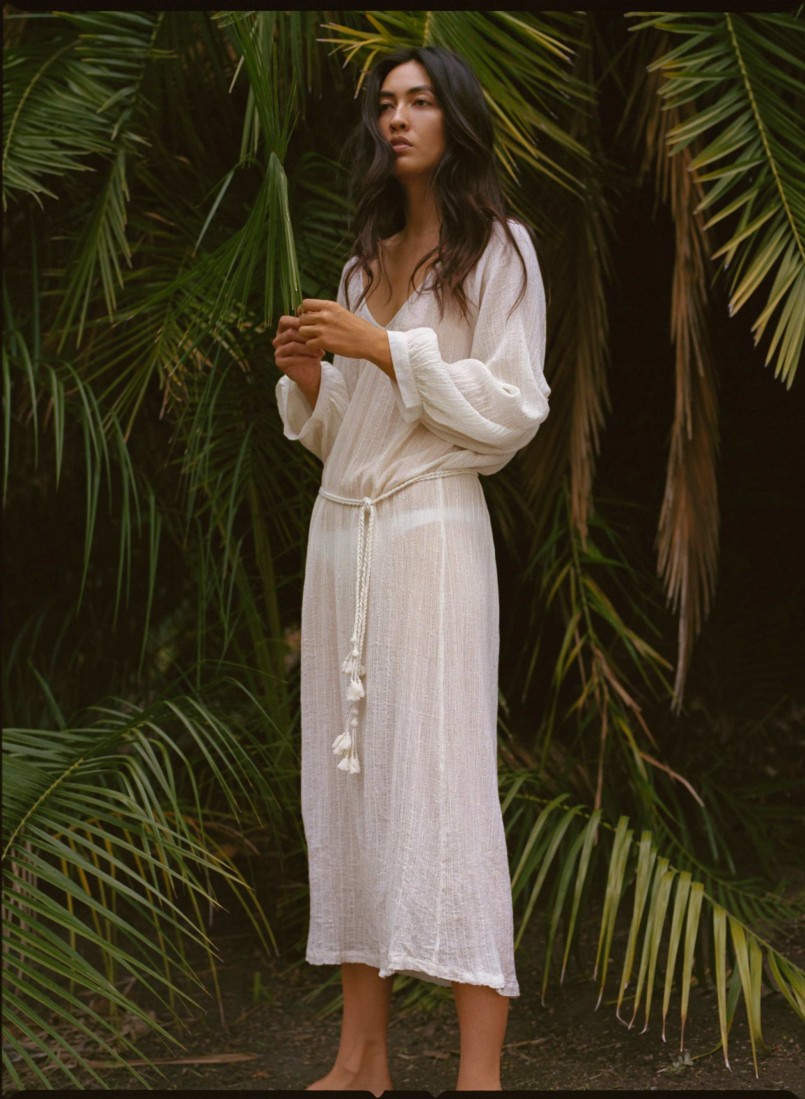
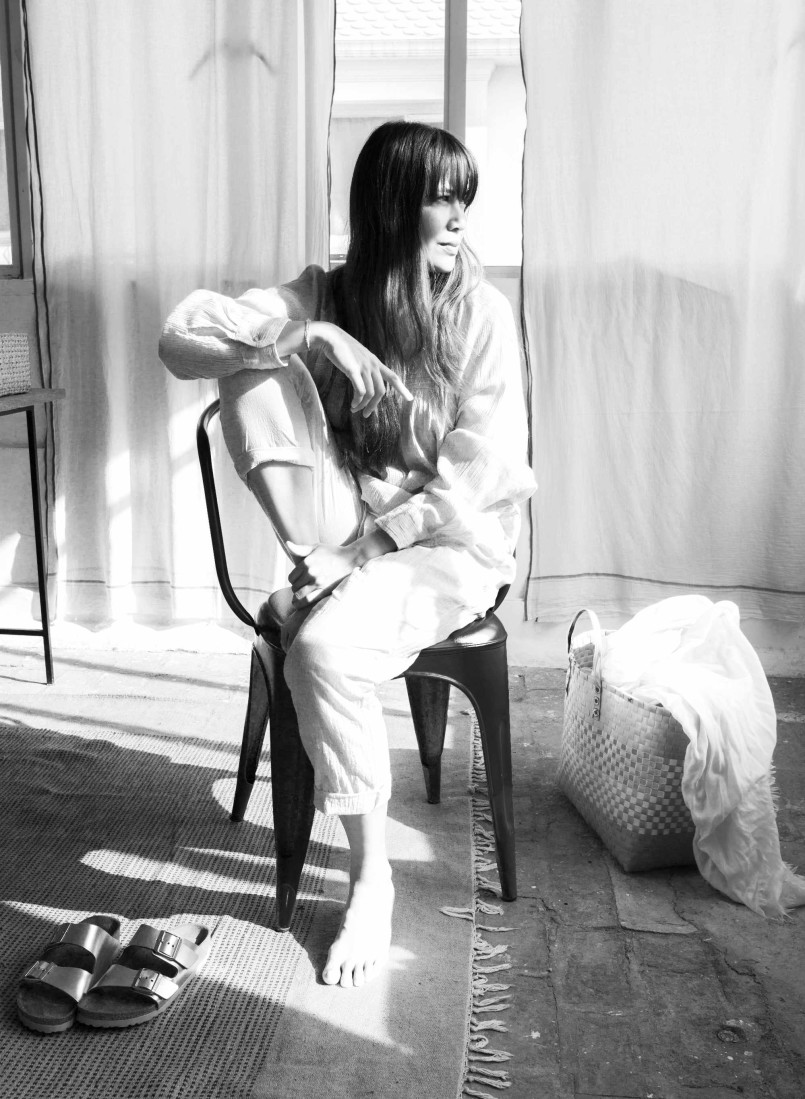
Tell me about WomenWeave Charitable Trust and how you got involved with them.
One of the things I discovered when starting my own brand is how supportive the independent creative community is. We are all entrepreneurs trying to make it on our own path, but at the same time, we’re in it together and help each other out when possible. When I found out about WomenWeave, I traveled to a small town in central India to see the facilities and meet the hand-weavers. Traditionally in India, weaving is a man’s trade, but the organization trained women to weave so they have their own means to create income. I’ve been working with WomenWeave to develop fabrics exclusive to Anaak, and I can’t wait to see the finished product.
You’ve said in another interview that you are translating your travels into a tangible story. What’s the story of Anaak? You’ve answered this before, but who is it ‘meant’ for?
Anaak is about the makers, the people behind the product, and my relationship to them. It is about making something beautiful in a thoughtful manner. It is about a way of living. The clothes are understated, simple, and are about feeling, from the way the fabric feels to the feeling you get when you wear the clothes. The clothes are meant for women who appreciate handmade work and fine details. They’re for women who want to evoke a feeling of wanderlust, even if they’re just hanging out at home.
Can you tell me about the localized pop-ups you work with? Community engagement seems like such a huge part of not only Anaak but your whole practice.
When I was still at Urban Outfitters I worked on creating pop-up shops to create localized, all-encompassing, and sensory experiences for the customer. Since customers were spending so much time online, it’s a way to offset that and get them participating in the brand’s culture and their communities. I was able to partner with and meet so many amazing makers and artists around the U.S.. For example, when we launched the LA pop-up, I asked NYC artist Curtis Kulig to paint his famous “Love Me” murals and displayed his rarely seen polaroid artwork. Sky Ferreira performed. It was a great evening.
I also curated a pop-up featuring African artisans and local independent designers who also worked in Africa. It was amazing to bring together artisans and designers whose art and product would not normally sit together, but the collective of them created an exciting experience. We launched the space with live performances from Zamrock musician Emmanuel Jagari Chanda and Theophilus London.
What are some challenges you faced starting this project from the ground-up, and how do you work with them?
Being a one-woman show is empowering, but it is also limiting. I am fortunate to lean upon talented friends and colleagues to help with freelance work, but I am the main force behind the design, product development, creative direction, sales, social media, pack, and ship…everything! I appreciate working from the ground-up as it helps me understand every aspect of the business.
Lastly—and this is somewhat silly—but what are some ways in which you find time to create balance and grounding for yourself? You have your hands in many projects, so I’m curious about self-care.
It isn’t a silly question, and one I actually ask and hold myself to every day. The fashion business is fickle and changes quickly at a whim that it is even more important I am balanced and grounded. Basically, I prioritize what I can get done in a day and what is in my life. I stay focused and adore a good sleep and healthy routine. I practice yoga daily, eat healthy–but I’ll never say no to a cheeseburger, French fries, and a black-and-white milkshake. I surround myself with caring, good people. Sounds fairly simple and uneventful, but it offsets the constant travel and high energy of running a business.
